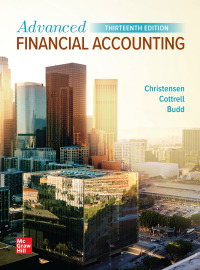



[The following information applies to the questions displayed below.) Huron Chalk Company manufactures sidewalk chalk which it sells online by the box at $26 per unit. Huron uses an actual costing system, which means that the actual costs of direct material, direct labor, and manufacturing overhead are entered into work-in- process inventory. The actual application rate for manufacturing overhead is computed each year, actual manufacturing overhead is divided by actual production (in units) to compute the application rate. Information for Huron's first two years of operations is as follows: Year 1 2,700 3,100 Year 2 2,700 2,300 $15.810 $ 11,730 Sales (in units) Production (in units) Production costs: Variable manufacturing costs Fixed manufacturing overhead Selling and administrative expenses: Variable Fixed 18,910 18,910 10,800 9,800 10,800 9,800 Selected information from Huron's year-end balance sheets for its first two years of operation is as follows: HURON CHALK COMPANY Selected Balance Sheet Information Based on absorption End of Year 1 End of Year 2 costing Finished-goods inventory $ 4,480 $ 0 Retained earnings* 13,860 25,640 Based on variable costing End of Year 1 End of Year 2 Finished-goods inventory $ 2,040 $ 0 Retained earnings* 11,420 25,640 * For convenience, assume that dividends for Year 1 is $5,500 and Year 2 is $2,700. No taxes or other expenses were incurred for both the years. Required: Huron Chalk Company had no beginning or ending work-in-process inventories for either year. 1. Prepare operating income statements for both years based on absorption costing. Year 1 Year 2 Cost of goods sold: 0 $ 0 2. Prepare operating income statements for both years based on variable costing. Year 1 Year 2 Cost of goods sold: 0 $ Total variable costs: 0 0 $ $ $ 0 Fixed costs: Total fixed costs $ $ 0 0 $ $ 0 0 3. Prepare a numerical reconciliation of the difference in income reported under the two costing methods used in requirements (1) and (2). Year Change in Inventory (in units) Actual fixed- overhead rate Difference in fixed overhead expensed Absorption- minus variable- costing operating income










